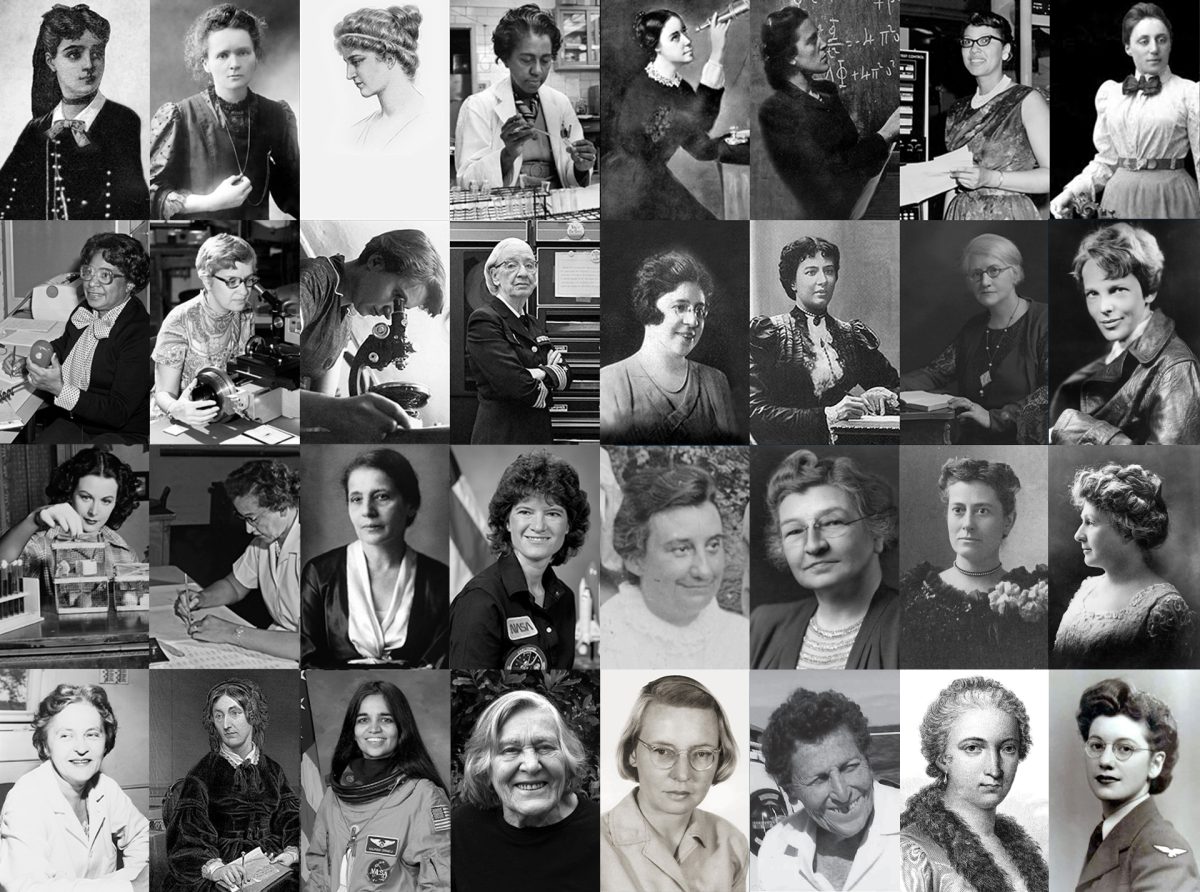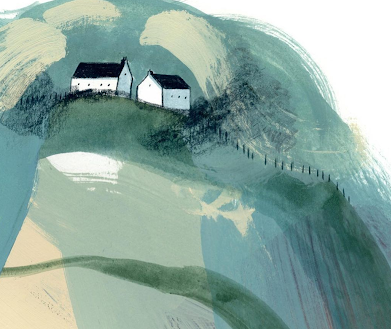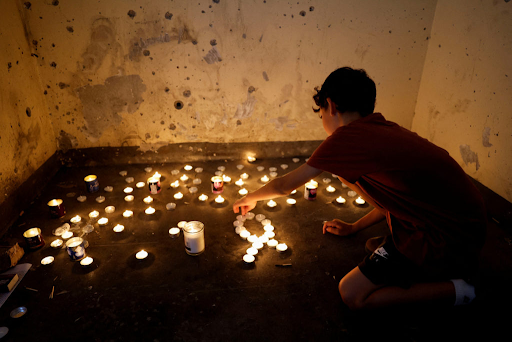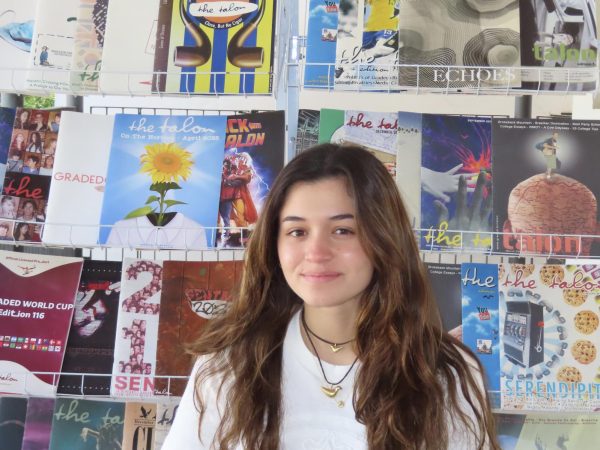Every postcard in Rio seems to feature the same black and white waves. They are everywhere on bikinis, magnets, and even T-shirts. These waves belong to the famous boardwalks that line Rio’s beaches, an instantly recognizable landmark of the city. But who designed them? What is their story? And why have they become such a powerful symbol of Rio? The answer lies with one man, Roberto Burle Marx.
To understand these walkways, we must first understand the visionary who brought them to life. A celebrated Brazilian landscape architect, Burle Marx was born in 1909 in São Paulo, where he became renowned for blending modern art with Brazil’s cultural and natural heritage. He drew inspiration from indigenous patterns and traditional Brazilian motifs, reimagining them through the lens of modernist design. He is often credited with introducing modernist landscape architecture to Brazil. He used abstract shapes, bold geometry, and color to merge art and functionality in public spaces. Beyond his design genius, Burle Marx was one of Brazil’s earliest environmental advocates, calling for the conservation of its rainforests long before such causes became popular. He was a true visionary, an artist who saw beauty and responsibility intertwined.
The Copacabana boardwalk, however, existed long before Burle Marx’s redesign. The original walkway was built in 1905 during Mayor Pereira Passos’s ambitious urban reforms, which sought to modernize Rio and give it the grandeur of European capitals. At that time, the city was transforming rapidly. Streets were widened, new avenues opened, and colonial neighborhoods gave way to modern boulevards. The first version of the boardwalk was much smaller and closer to the sea. Its wavy black and white pattern was inspired by Lisbon’s Praça do Rossio, where the mosaic represents the eternal meeting of land and ocean. The materials, white limestone and black basalt, were imported from Portugal and remain integral to the design today.
When Avenida Atlântica was widened in the 1970s, Burle Marx was commissioned to reimagine the boardwalk. He did far more than simply expand it. Before his intervention, the waves ran perpendicular to the sea. His redesign rotated them parallel to the shoreline, widening the promenade and giving it a dynamic sense of movement that echoed the rhythm of the ocean itself. The result was not just a new layout, but a deeper harmony between Rio’s urban and natural landscapes. His vision transformed the boardwalk from a functional walkway into a work of public art and a cultural icon that embodied the city’s spirit.
Since its redesign, Rio’s boardwalks have become a national symbol, not just for Cariocas, but for Brazilians everywhere. They appear in paintings, films, and songs, always evoking the city’s vibrant energy and coastal charm. Thanks to Burle Marx, Rio gained not just a design, but an identity.














